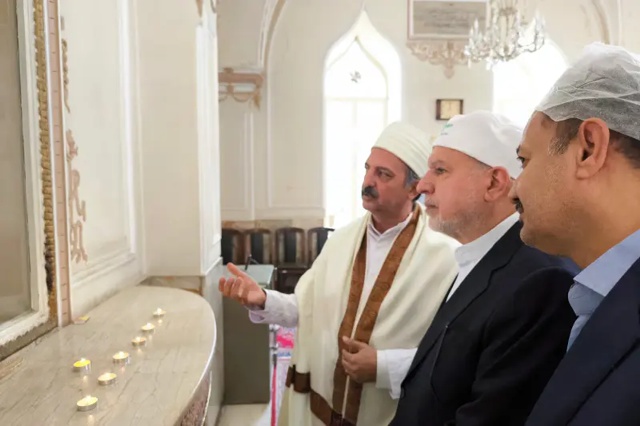Fire temples are not just places of worship but also serve as centers of community life. Ceremonies such as Navjote (initiation), seasonal festivals like Nowruz (Persian New Year), and daily prayers revolve around the temple. Worshippers offer sandalwood, incense, and prayers, reinforcing the connection between human life, nature, and the divine. Though rooted in ancient Persia (modern-day), Zoroastrian fire temples can be found wherever Zoroastrian communities migrated, especially in India, where Parsis established some of the most prominent temples.
The fire temple embodies the Zoroastrian vision of a universe where light conquers darkness and truth triumphs over deceit. The eternal flame, carefully preserved for centuries, continues to burn as a testament to resilience, faith, and the timeless quest for purity and righteousness. Ritual purity (paadash) is central to Zoroastrian worship. Before entering a fire temple, devotees cleanse themselves, often washing hands and face, and sometimes wearing sudreh (a sacred vest) and kusti (a cord tied around the waist).


